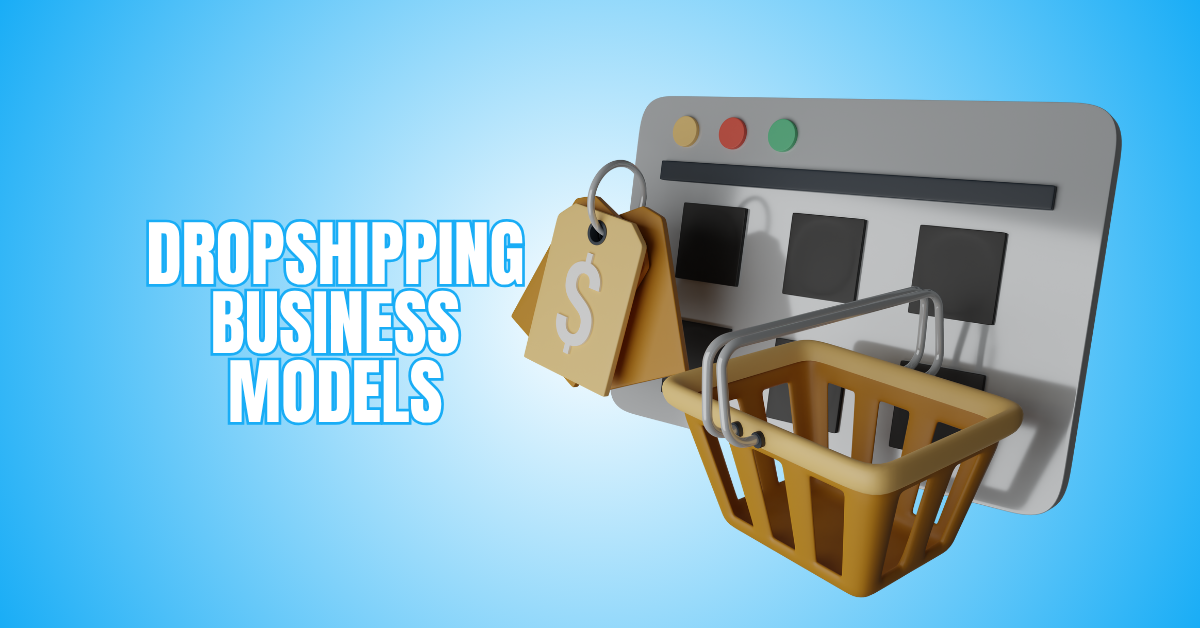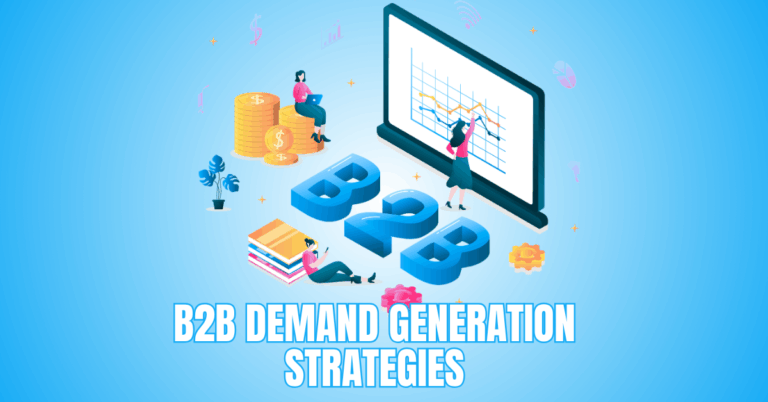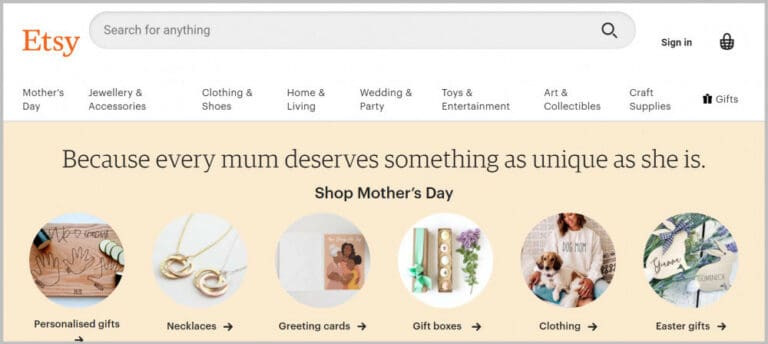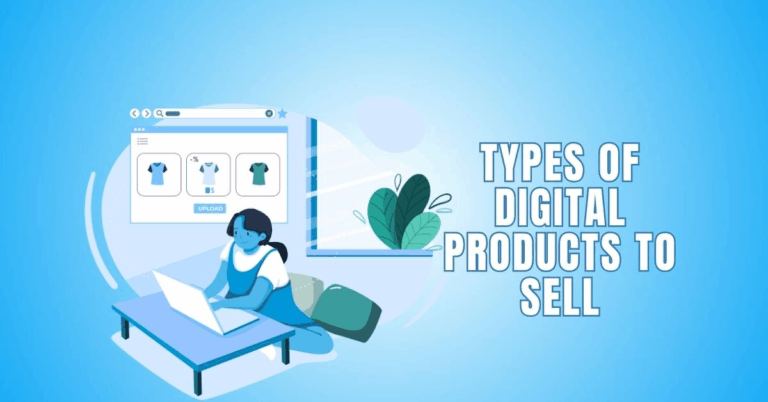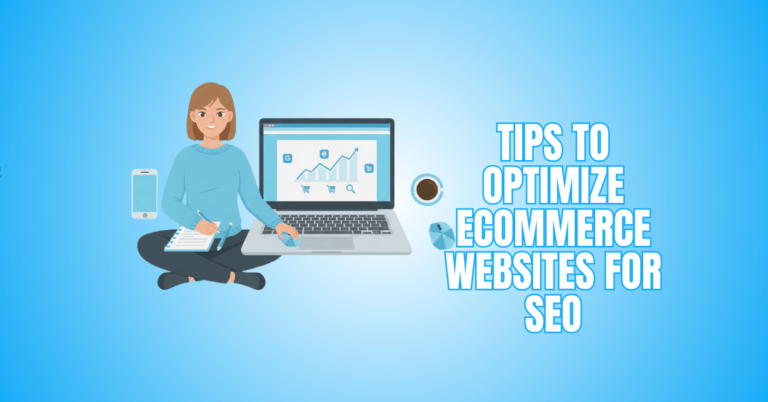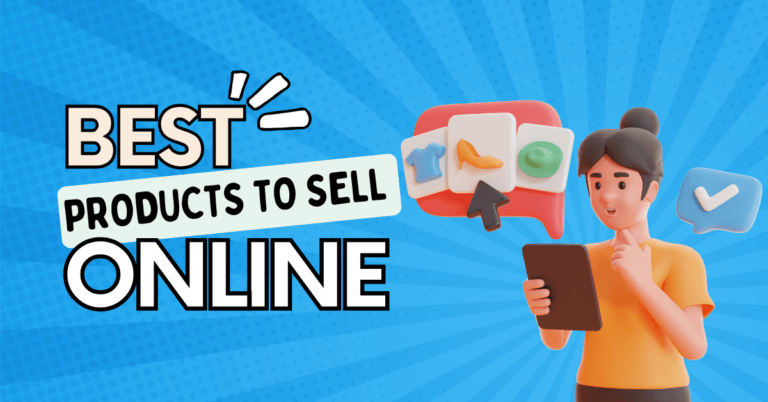Best Dropshipping Business Models
Dropshipping, a business strategy with low risk and high accessibility, is a promising avenue for aspiring entrepreneurs in the dynamic eCommerce industry.
Dropshipping, as opposed to typical retail methods, enables sellers to run an online store without having to worry about inventory control.
In this comprehensive guide, we’ll delve into the various dropshipping business models, their advantages, essential tools, success strategies, and the future trends that are shaping the dropshipping landscape.
What Is Dropshipping?
Dropshipping is a popular eCommerce business model that lets you sell products online without ever holding inventory.
You collaborate with vendors who transport goods straight to your clients rather than purchasing goods in bulk and handling storage.
You act as the storefront—handling the branding, marketing, and customer experience—while the supplier handles the back-end logistics.
Here’s How It Works
When a customer orders something from your website, you send the order to your supplier, who ships it straight to the customer.
You can make money without ever touching the product by keeping the difference between the wholesale and retail pricing.
The allure of dropshipping lies in its straightforwardness and minimal startup cost. You don’t need a warehouse, upfront investment in inventory, or complex supply chains to get started.
It’s an ideal choice for entrepreneurs who want to swiftly test products, explore new niches, or launch a business with minimal risk.
However, success in dropshipping requires brilliant product selection, excellent customer service, and trustworthy suppliers.
When done right, it offers flexibility, scalability, and a gateway into the ever-growing world of eCommerce—all from the comfort of your laptop.
Types Of Dropshipping Business Models
There are several approaches to dropshipping. Understanding these can help you choose the one that best aligns with your goals, budget, and experience level.
1. Product-Based Dropshipping
This is the most common model. You create a store that focuses on specific products or niches, like phone accessories or eco-friendly kitchenware.
Pros
One of the most significant advantages of product-based dropshipping is its ease of entry. You don’t need to invest in inventory or manage a warehouse, which significantly reduces upfront costs.
Targeting a distinct consumer base by concentrating on a specific niche aids with SEO and marketing. A niche-focused store often attracts more loyal customers and achieves better conversion rates.
Additionally, it enables you to write product descriptions, advertisements, and content that are specifically targeted at your ideal customer. This targeted approach can build trust and drive long-term success with relatively low risk.
Cons
Despite its simplicity, product-based dropshipping faces intense competition. Many sellers target the same niches and trending items, making it difficult to differentiate your store and maintain strong profit margins.
To succeed, you need to spend time researching unique, in-demand products that aren't oversaturated in the market. Without thorough product research, you risk promoting items that won’t sell or generate low returns.
Additionally, fast-changing trends can make once-popular products obsolete quickly, requiring constant updates to your catalogue.
The pressure to find the following winning product can be time-consuming and stressful, especially without a clear product strategy.
2. Branded Dropshipping
Among the many dropshipping business models, branded dropshipping stands out by focusing on white-labeled products with custom packaging and brand identity. You add custom packaging, logos, and possibly branded inserts.
Pros
With branded dropshipping, you can give your items a distinctive personality that increases customer loyalty and brand value over time.
By using white-label products and customizing packaging, logos, and messaging, you can stand out in a crowded market.
Compared to generic dropshipping, this perceived value enables you to charge higher prices, which improves your profit margins. Over time, a strong brand presence can lead to repeat customers, organic referrals, and lower marketing costs.
It also opens the door to expanding into new product lines or platforms under the same brand umbrella, giving your business more credibility and staying power.
Cons
Building a branded dropshipping store typically requires a larger upfront investment. You'll need to spend more on custom packaging, logo design, and bulk ordering for better branding control.
Compared to using regular dropshipping suppliers, it might be more complicated and time-consuming to negotiate with suppliers who are prepared to offer white-label or private-label solutions.
Additionally, the setup process is slower, as it takes longer to design your brand identity, source customizable products, and test packaging.
Unlike quick-launch general stores, branded dropshipping demands patience and planning before you can start making consistent sales.
3. General Store Dropshipping
General stores are a popular dropshipping business model that involves selling a wide range of trending products without focusing on a specific niche.
Pros
A general dropshipping store is quick and easy to launch, making it an ideal choice for beginners or those eager to get started fast.
Since you're not limited to a single niche, you can list a wide variety of trending products and see what sells. This flexibility is excellent for testing the market and identifying potential winners without committing to a single product line.
You can pivot easily based on performance, giving you more opportunities to discover profitable items. It’s a low-risk way to learn eCommerce fundamentals while building experience with different types of products and audiences.
Cons
The biggest downside of a general store is its lack of strong branding. With no clear focus, it’s harder to build a memorable identity that customers connect with.
Shoppers may see your store as a temporary or low-trust option, reducing the chances of repeat purchases. This can lead to higher marketing costs, as you're constantly chasing new customers rather than building loyalty.
It is more challenging to create focused advertisements and SEO material without a specialization, and your store can find it challenging to stand out in a crowded market. Over time, customer retention and brand credibility may become challenging to maintain.
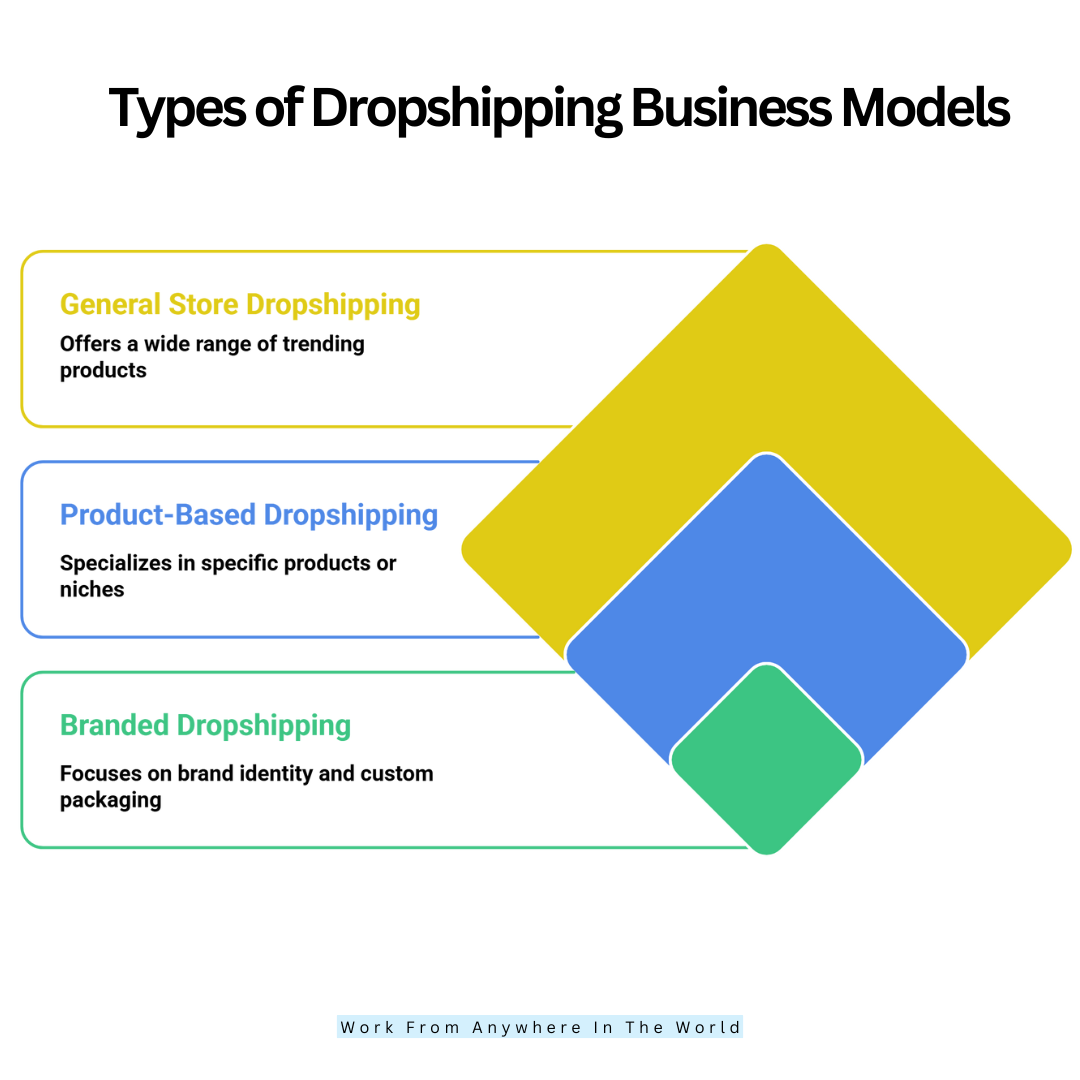
4. One Product Store
You create a highly targeted store around a single winning product, like a posture corrector or a laser hair remover.
Pros
A one-product dropshipping store offers the advantage of focused marketing. With just one product, all your efforts—from branding to ads—are concentrated on a single item, making campaigns more effective and cost-efficient.
This focus allows you to create compelling, detailed product pages and optimize conversion rates. Logistics are also simplified since you only manage one product, reducing complexities with inventory, shipping, and customer support.
This simplicity makes it easier to test and fine-tune your sales funnel, ensuring a smooth buying experience for customers. For entrepreneurs who want a straightforward approach, one-product stores offer a clear, targeted path to success.
Cons
The main drawback of a one-product store is the risk of limited product longevity. Trends can change quickly, and if your chosen item loses popularity, your entire business could collapse.
Unlike multi-product stores, you can’t easily pivot without significant changes to branding and marketing. This model also makes it harder to scale since growth relies on just one item rather than a range of offerings.
If sales slow down, you’ll need to invest in rebranding or launching a new product, which can be time-consuming and costly. Ultimately, one-product dropshipping can be profitable but carries significant dependency on a single trend.
5. Print-On-Demand Dropshipping
Print-on-demand is one of the most creative dropshipping business models, enabling sellers to offer custom-designed products made only when ordered. Products are only made when ordered.
Pros
For creative companies, print-on-demand dropshipping is a low-risk alternative because it does not require upfront inventory.
You can design custom products like T-shirts, mugs, posters, or phone cases, and they’re only produced when an order is placed.
This strategy is ideal for influencers, designers, and artists who wish to make money off of their work without having to worry about mass sales or storage. It allows for a personal brand to shine through with unique designs and messaging.
With little overhead and the ability to offer exclusive artwork or slogans, print-on-demand is a great way to launch a creative eCommerce business affordably.
Cons
One major downside of print-on-demand is the limited variety of products available. You’re often restricted to what the provider offers, which may not include trending or niche-specific items.
Fulfillment is also slower compared to traditional dropshipping since each item is produced individually after the order is placed.
This can lead to longer shipping times, especially during peak seasons. In addition, quality control may vary by provider, and returns can be tricky for customized goods.
These challenges can affect customer satisfaction and make it harder to scale quickly, primarily if you aim to compete with mass-market brands or faster suppliers.
Wealthy Affiliate – Mini Review (2025)
If you’ve ever thought about turning your blog, passion, or niche into an online business,
Wealthy Affiliate (WA) is one of the most beginner-friendly platforms I’ve used.
It combines step-by-step training, website hosting, SEO research tools,
and an active community all in one place.
What I like most: you can start free (no credit card needed),
explore lessons, test the tools, and connect with other entrepreneurs
before upgrading. WA isn’t a “get rich quick” scheme — it’s a platform where success comes
from consistent effort and applying what you learn.
6. High-Ticket Dropshipping
High-ticket selling is a dropshipping business model that focuses on fewer, more expensive products aimed at a premium customer base. This model targets a premium audience.
Pros
High-ticket dropshipping focuses on selling expensive items such as furniture, electronics, or machinery, resulting in higher profit margins per sale.
Instead of needing hundreds of small orders, just a few conversions can generate substantial revenue.
Because customers typically research before buying high-priced products, they are more informed, which often leads to fewer returns and support issues.
This model also attracts more serious buyers rather than impulse shoppers, improving customer quality.
With fewer orders to manage and larger payouts, entrepreneurs can scale efficiently without being overwhelmed by customer service, making it a profitable option for those willing to invest in premium niches.
Cons
High-ticket items usually have longer sales cycles, as customers take more time to research and compare options before making a big purchase.
This can lead to slower conversions and the need for more in-depth content and trust-building strategies. Additionally, supplier relationships tend to be more complex.
You may need to meet minimum order requirements, negotiate shipping logistics, and ensure product quality is up to par. Miscommunication or errors can result in costly mistakes.
Managing returns or damages is also more challenging with high-value goods, requiring solid policies and reliable supplier support to maintain customer satisfaction and protect your business.
7. Subscription Box Dropshipping
Subscription boxes are an innovative dropshipping business model offering curated products delivered to customers regularly.
Pros
Subscription box dropshipping offers a decisive advantage: predictable, recurring revenue. Instead of relying on one-time purchases, customers subscribe for regular deliveries—monthly, quarterly, or seasonally—ensuring steady cash flow.
This model builds long-term customer relationships and brand loyalty, as subscribers stay engaged over time. It also creates a sense of anticipation and excitement, especially when products are curated and personalized.
With the right niche and marketing, subscription boxes often generate strong word-of-mouth and repeat business.
The ability to forecast inventory and revenue more accurately helps with budgeting and planning, making this model especially appealing for long-term eCommerce growth and stability.
Cons
Subscription box dropshipping comes with added complexity. Each box requires thoughtful product curation to meet customer expectations and keep them engaged over multiple cycles.
Logistics is also more demanding—managing recurring orders, synchronized shipping, and consistent quality becomes critical.
Since customers are paying for an ongoing experience, their expectations are higher, and disappointment can lead to quick cancellations or negative reviews. Coordinating with multiple suppliers for different items increases the risk of delays or stock issues.
Overall, while this model can be lucrative, it demands careful planning, strong supplier relationships, and excellent customer service to maintain satisfaction and minimize churn.
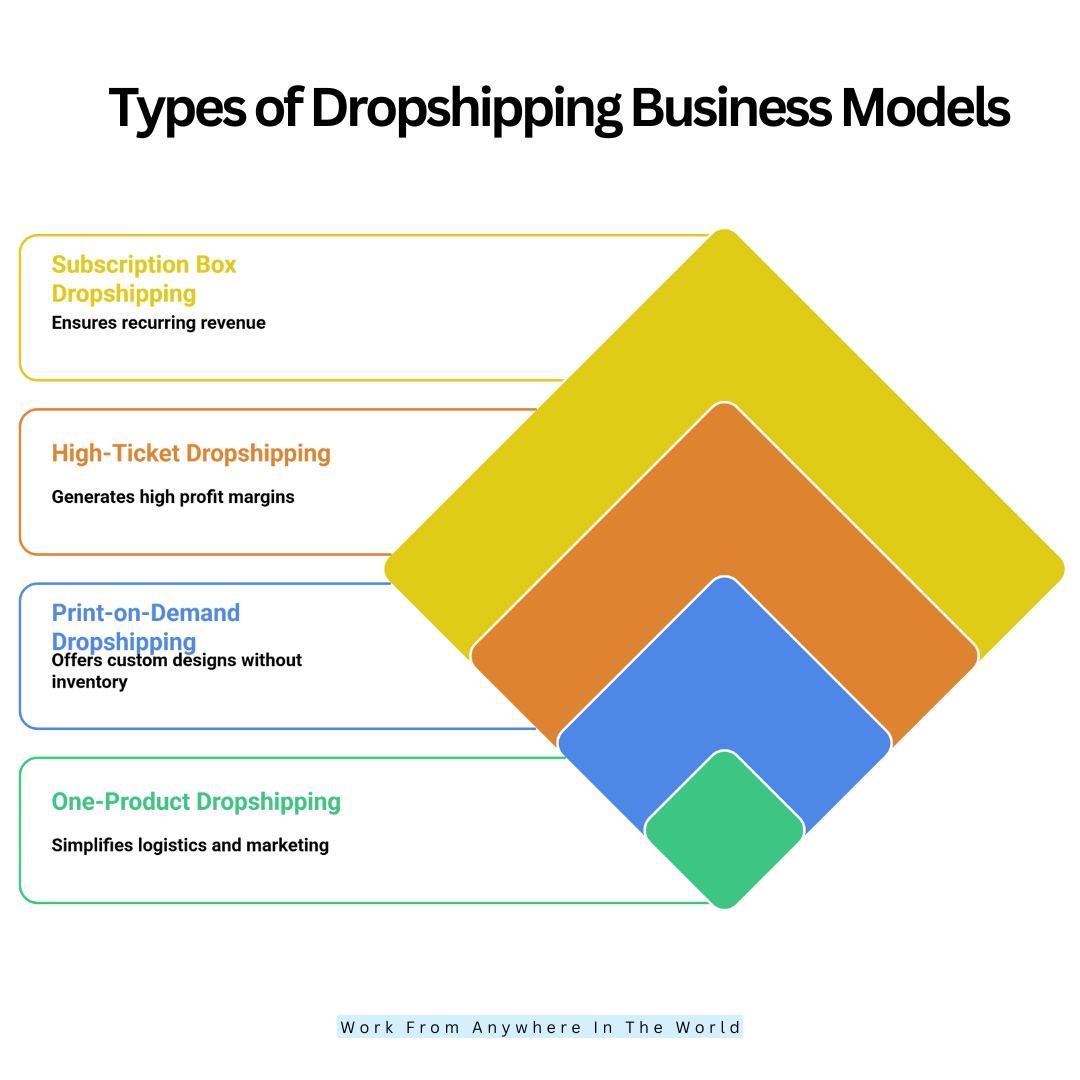
How To Start A Dropshipping Business
Here’s a step-by-step overview to help you launch a successful dropshipping store.
Step 1: Choose Your Niche
Success with dropshipping depends on picking the appropriate niche. Aim for one with strong, consistent demand but not flooded with competitors.
Look for products that offer healthy profit margins—ideally, lightweight items that are easy and affordable to ship. Don’t overlook practicality; bulky or fragile products often lead to higher shipping costs and customer issues.
Most importantly, choose something that aligns with your interests or passions. When you care about what you’re selling, your marketing becomes more authentic and engaging.
A well-chosen niche balances demand, profitability, and enthusiasm, setting the stage for a store that’s both enjoyable and successful to run.
Step 2: Find Reliable Suppliers
One of the most critical steps in starting a successful dropshipping business is locating trustworthy suppliers. Platforms like AliExpress, DSers, Spocket, Printful, and Modalyst (now Wix) offer vast product selections, but not all suppliers are created equal.
Take time to vet each one carefully—check shipping times to ensure customers get their orders promptly, review product quality to avoid returns and complaints, and test supplier responsiveness for smooth communication.
Partnering with dependable suppliers builds trust with your customers and keeps your store running smoothly. Remember, your supplier’s reliability directly impacts your brand’s reputation, so choose wisely to create a seamless shopping experience.
Step 3: Build Your Online Store
Building your online store is where your business truly comes to life. Start by choosing the right eCommerce platform based on your needs and experience.
Shopify is a go-to for many—it’s user-friendly and packed with dropshipping apps. BigCommerce is perfect if you plan to scale and sell across multiple channels like Amazon and Facebook.
Selecting the best eCommerce platform is essential while investigating dropshipping business ideas; Shopify, BigCommerce, WooCommerce, and Wix are among the possibilities that may accommodate various requirements and expansion strategies.
For beginners, Wix eCommerce offers easy drag-and-drop design and beautiful templates. The right platform sets the tone for your brand, so pick one that supports your vision and growth plans.
Step 4: Add Products
Adding products is where your store starts to take shape. Use tools like Oberlo or DSers to easily import items from suppliers into your store with just a few clicks.
But don’t rely on generic product descriptions—write your own to showcase your brand voice and connect with your audience.
A unique, engaging description not only grabs attention but also improves your search engine visibility. Highlight product benefits, use keywords naturally, and answer common customer questions.
This is your opportunity to differentiate yourself in a congested market and convert inquisitive web browsers into assured purchasers. Make every word matter!
Step 5: Set Up Payment Processing
Setting up payment processing is crucial for turning visitors into paying customers. Choose trusted gateways like Stripe, PayPal, or Square to ensure smooth and secure transactions.
These platforms are widely recognized, giving customers peace of mind when entering their payment details. Make sure your checkout process is fast, mobile-friendly, and easy to navigate—frustration at this stage can lead to abandoned carts.
Offering multiple payment options also appeals to a broader audience. A seamless payment experience builds trust, encourages repeat purchases, and keeps money flowing into your business without hiccups. Consider it the last handshake that completes the transaction.
Step 6: Market Your Store
Marketing is where your store comes alive to the world. Employ eye-catching images to target particular demographics with Facebook and Instagram ads; collaborate with influencers to get credibility and access devoted fan bases.
Don’t underestimate the power of email marketing—it keeps your brand top-of-mind and drives repeat business. Google Shopping Ads help your products appear right when customers are searching to buy.
Meanwhile, content marketing and blogging boost SEO and build long-term trust. Combining these strategies creates a steady stream of traffic and sales. Remember, great marketing turns a good store into a thriving brand—so invest time, test, and refine.
Step 7: Manage Orders And Customer Service
Building trust and converting new customers into devoted supporters requires effective order management and first-rate customer care.
Always respond to customer questions quickly—speed and clarity make a huge difference. Tools like Zendesk or Freshdesk help you stay organized, track conversations, and deliver consistent support across email, chat, and social media.
Keep customers updated on their order status, and handle issues like delays or returns with care and professionalism. A smooth post-purchase experience boosts your reputation and encourages positive reviews.
Remember, excellent customer service isn’t just a support function—it’s a powerful marketing tool that keeps people coming back.
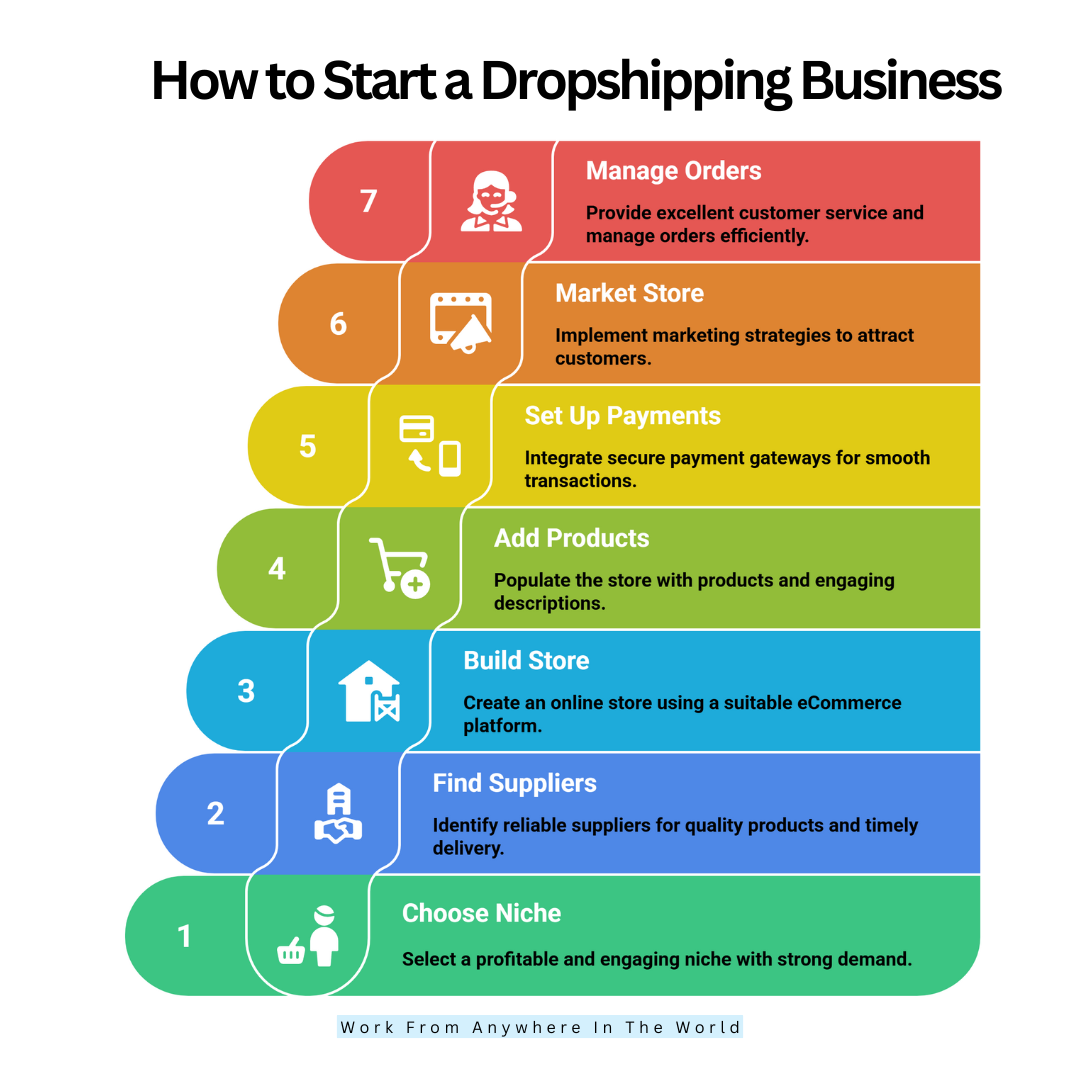
Conclusion
Understanding different dropshipping business models is essential for building a profitable and scalable online store tailored to your goals and resources.
Every business strategy, from general stores to branded or expensive dropshipping, has its advantages and disadvantages.
Success lies in choosing the right approach, understanding your market, and delivering excellent customer experiences.
Dropshipping can be a potent strategy for creating a successful online business with little initial risk, regardless of your level of creativity as an entrepreneur or your level of data-driven marketing expertise.
I trust you enjoyed this article on the Best Dropshipping Business Models. Please stay tuned for more insightful blogs on affiliate marketing, online business, and working from anywhere in the world.
Take care!
— JeannetteZ
💬 Your Opinion Is Important To Me
Do you have thoughts, ideas, or questions? I’d love to hear from you. Please leave your comments below or email me directly at Jeannette@WorkFromAnywhereInTheWorld.com.
📚 More Work From Anywhere Reads
🚀 Ready to Build a Business You Can Run from Home
Or from Anywhere in the World?
Imagine creating income on your terms — from home, a cozy café, or wherever life takes you.
With the right tools, training, and community support, it’s entirely possible.
Start your own online business for free — no credit card needed.
Disclosure
This post may contain affiliate links. As an Amazon Associate and participant in other affiliate programs, I earn from qualifying purchases at no extra cost to you. Please read my full affiliate disclosure.

